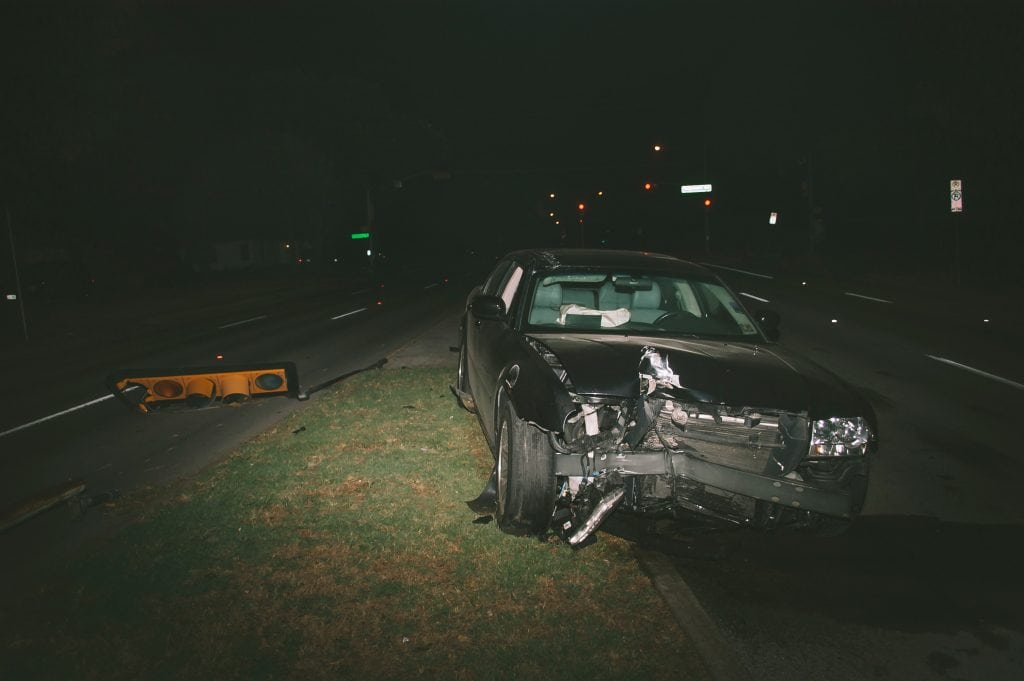Table of Contents
Imagine you brought your Hermès bag to a clubhouse and the waiter spilled red wine on it, ruining your $240,000 bag. Can you sue the clubhouse, and on what basis? This example is vicarious liability, and it is the real-life subject of an on-going legal battle in the US . The lawyer for the handbag lady argued: “She didn’t wear it apple picking. She wore it to a very expensive country club where she was a member. If you bring your car to a country club and it gets scratched up, you expect the club to pay for it.”

While we await the court’s decision, here’s more about vicarious liability:
What is vicarious liability?
Vicarious liability is the liability of one person for the acts of another. And the most commonly found category of vicarious liability is within the employer-employee relationship, where the employer is vicariously liable for the employee.
The rationale for this is when a claimant has suffered damage as a result of a tortious act, his concern is to obtain compensation. He will wish to seek relief from a party who has the resources to pay this. Often the individual whose wrongful act has caused the damage does not have the means to compensate the victim. In these circumstances, the victim, with the aid of his lawyer, looks for someone with deep pockets to sue.
In the Hermes bag situation, the lady is suing the clubhouse, because the clubhouse can afford the compensation, while the waiter cannot.
Vicarious liability is a strict liability. This means the employer is still liable even though he or she is not at fault.
Examples of Vicarious Liability
Examples include :
- A creditor being vicariously liable for intimidation and assault committed by the debt collectors she employed.
- A hospital being vicariously liable for a nurse’s negligent way in handling a mentally unbalanced patient.
There are two main types of vicarious liability. The first is employer-employee, where the employer is vicariously liable for the employee’s wrongdoing committed “in the course of employment”. The second kind is where the wrongdoing results in the breach of what has been described as a non-delegable duty owed by the defendant to the claimant, for example licensees owing a non-delegable duty to their clients.
A non-delegable duty usually arises out of a pre-existing relationship between the claimant and the defendant. As a result of that relationship the defendant owes the claimant a duty to take reasonable care to see that he, or his property, is not harmed. That duty cannot be delegated. The performance of the duty may be delegated to another. But if he is negligent in performing the duty the defendant will remain personally liable for the negligence.
Establishing vicarious liability for employers
To establish vicarious liability for employers:
- An employer-employee relationship must be established
- The employee’s tort must be referable in particular way to that relationship.
Hence, there is a need to distinguish from situations where only the employee is personally liable.
Let’s say, a wealthy man employed a chauffeur to drive him around. If the chauffeur had an accident while driving the wealthy man, the wealthy man would been vicariously liable because the chauffeur was his employee and the accident had occurred in the course of the chauffeur’s employment. However, if the wealthy man had taken a taxi, and the taxi driver had had a collision, then the wealthy man would not be liable. This is because the taxi driver was an independent contractor.

When does vicarious liability apply
It should be noted that the wrongdoing must be committed in the course of employment for the employer to be vicariously liable. In the case Storey v Aston, where a wine merchant sent his clerk to deliver some wine. On the return journey, the clerk drove the car to visit the clerk’s brother and the car ran over a person. Is the wine merchant vicariously liable for the clerk’s tort? The answer is no, because it was after business hours, and the accident took place outside the course of his employment. Furthermore, it was a new and independent journey from the one the clerk was instructed to do, and he was on what has been called “a frolic on his own”.
It is not always clear if the relationship is an employer-employee relationship because in many cases the party is a contractor, without an employment contract. The test to establish whether there is an employer-employee relationship is to look at the degree of control. If there is a high degree of control, usually it entails an employer-employee relationship. Evidence for having a high degree of control include:
- Regular, timetabled hours of work
- Prohibition against working for others
- Provision of transportation between job sites
- Regular and close supervision
- The requirement to wear company uniforms and/or to display the company logo
Recent developments
Recently, the control test has been thrown into doubt by judges. They now prefer the test where the relationship is sufficiently “akin to that between an employer and employee”. Or when the wrongdoer plays an essential part in the employer’s business enterprise. For instance, churches and parishes can be held liable for torts committed by priests working there who are appointed to their offices and do not have a contract of employment. Without proper screening and employee training under the current legal code the organization is left liable.
There is a case where the issue of whether a local authority can be vicariously liable for the torts committed by foster parents against children placed with them while in care. The answer is yes, because the local authority exercised a significant degree of control over both what the foster parents did and how they did it, in order to ensure that the children’s needs were met”.
The second development is the possibility of dual vicarious liability. Where both the head-contractor and subcontractor are vicariously liable for the worker’s negligence.
In a child sex abuse case, two brothers of a Catholic institution were also teachers at a school, committed child sex abuse. It was held that both the Catholic institution and the managers of the school are vicariously liable for the abuse. Although the Catholic institution did not employ the brothers, the brothers entered into deeds under which they undertook to transfer all their earnings to the Institute, leaving the Institute to cater for their material needs. The court held that this meant that their relationship with the Institute was even closer than that of employer and employee.
More examples of vicarious liability
Partners
Besides employers being vicariously liable for their employees, partners in a firm can also be liable for one another. This is so long as the partner in question is acting “in the ordinary course of the business of the firm or with the authority of his co-partners” – Partnership Ordinance (Cap 38) S.12
Car owners
If the defendant (D) lends his car to a third party (TP) in order to perform some task for D and TP negligently injures the plaintiff (P) in doing so. D will be vicariously liable to P in respect of TP’s negligence. Although the rule only applies where TP is driving D’s car for D’s purposes or under the delegation of a task or duty.
Licensees
Very often licensees are criminally liable for the acts of managers or delegated servants of the place. For example in Tam Wing Him v R , the licensee of a nightclub was convicted of “permitting the employment on the premises of a person under the age of 14 years.”, despite being overseas at the time. He had entrusted the management of the nightclub to the manager who had knowingly employed a 13-year- old girl at the club. The licensee commonly found as having imputed knowledge because he delegated the duty to the manager. The principle of delegation states that “Where a statute places a duty upon one person to do something (for example as a licensee) and he delegates the performance of the activity to a second person, the delegator may be liable for the conduct of the delegates in performing that activity.”
So, that’s vicarious liability. Be careful who you employ, and who you lend your car to.
This article does not constitute legal advice.
The opinions expressed in the column above represent the author’s own.

RELATED READING: 6 Legal Dangers For E-Commerce Businesses To Watch Out For
READ MORE: Hiring Consultants – Who Owns The Intellectual Property?




